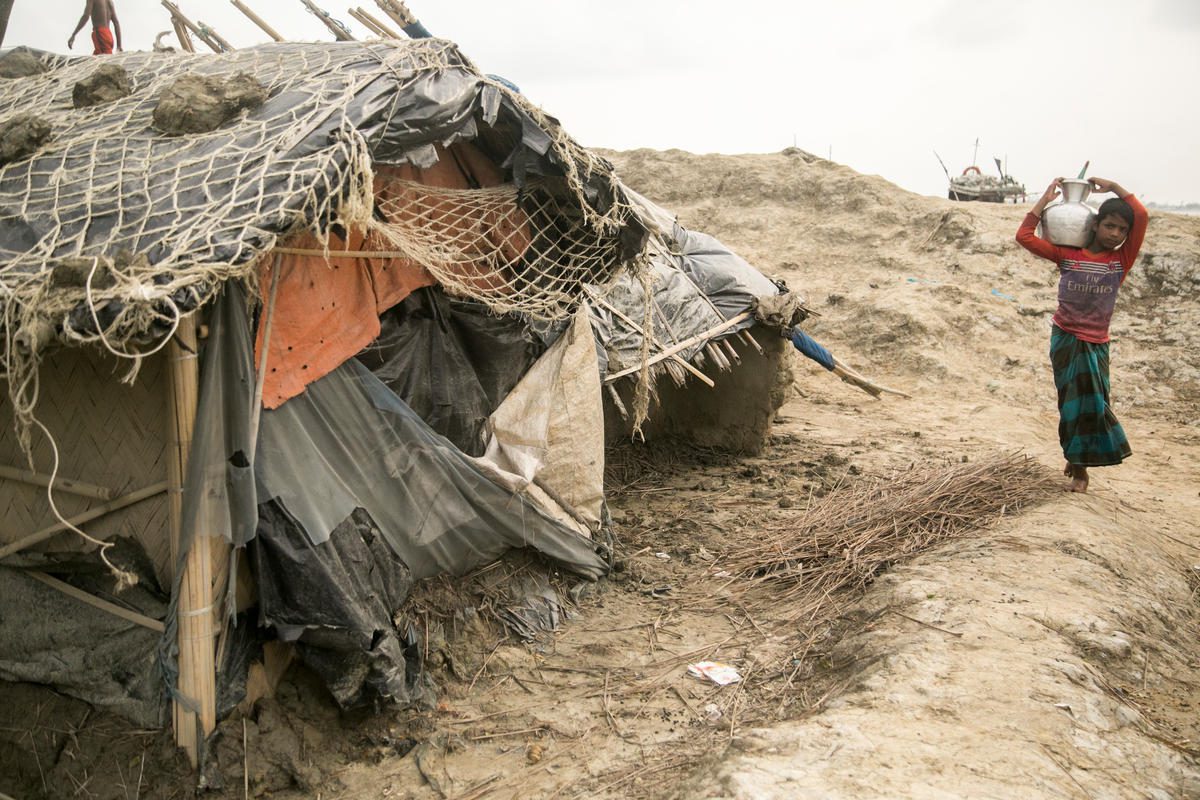Millions of people have been evacuated and aid agencies are on high alert as one of the most powerful storms ever recorded in the Bay of Bengal closes in on India and Bangladesh.

Save the Children is particularly concerned about the threat posed by Cyclone Amphan to millions of children and their families in low-lying coastal areas where a storm surge and flooding could devastate communities already coping with COVID-19.
The cyclone, which briefly reached a Category Five “super cyclone” status on Tuesday while tracking north across the Bay of Bengal, is expected to make landfall in India’s eastern state of Odisha overnight Wednesday.
More than 33 million people in India could be exposed to the high winds of Cyclone Amphan, according to the US Pacific Disaster Center (PDC), while more than 5 million could be affected in Bangladesh.
Heavy rainfall is expected, while low-lying coastal areas will be at risk of a storm surge up to 2.2 meters, according to the Global Disaster Alert and Coordination System (GDACS).
Evacuation efforts have been complicated by COVID-19, with many evacuation centres already being used as isolation and quarantine facilities, while social distancing will be the last thing on people’s minds as they try to save themselves.
This is one of the most powerful cyclones we’ve faced in India in many years, and we are particularly concerned about communities in low-lying areas, many of whom stand to lose their livelihoods. Mass evacuations have been taking place in recent hours and days, however, this is made all the more difficult by COVID-19 and efforts to enforce social distancing.
Mark Pierce, Country Director for Save the Children in Bangladesh, said:
“Bangladesh’s extensive deltas mean coastal communities will be at major risk from destructive winds, storm surge and flooding. We’re expecting heavy rainfall over the next 24-48 hours and beyond, which could inundate towns and villages.
“With a major effort underway to prevent the spread of COVID-19 in Bangladesh, this cyclone is the last thing we need. Our teams on the ground are watching it closely, including in Cox’s Bazar where almost a million Rohingya refugees live in flimsy shelters made of bamboo and tarpaulin in the world’s largest refugee settlement. If requested by the government, our teams will provide relief and assistance to the most vulnerable children and their families.”